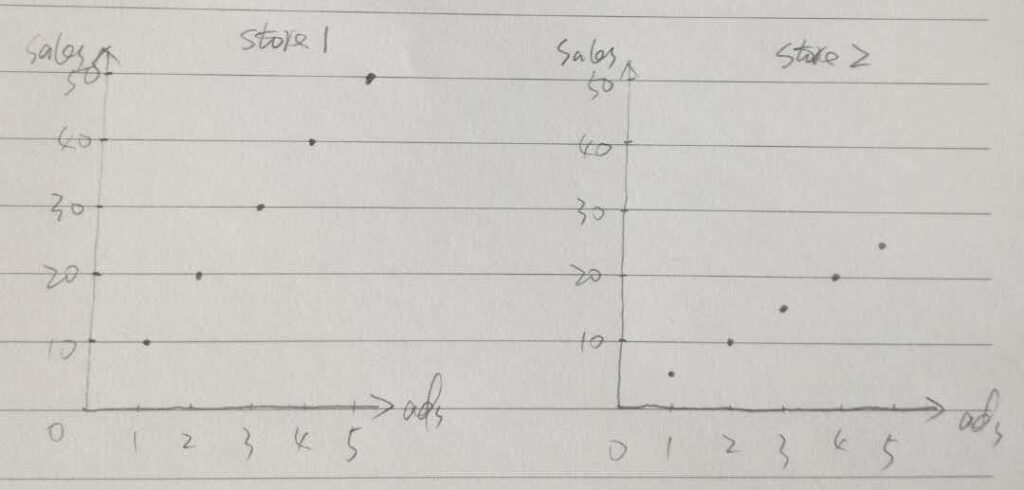I have been exploring a couple of marketing platforms in my new job as a Marketing Analyst. One of the daily jobs which I like most is to use R to dig into data across different marketing channels to come up with new ideas and recommendations for our marketing activities.
Google Search Console
Google Search Console is one of the platforms I have been playing with recently. As you may already know, Google Search Console is a useful website tool for marketers to check website overall performance (e.g., search engine crawl and index issues, google search performance). For example, here is the performance report for my personal blog:

